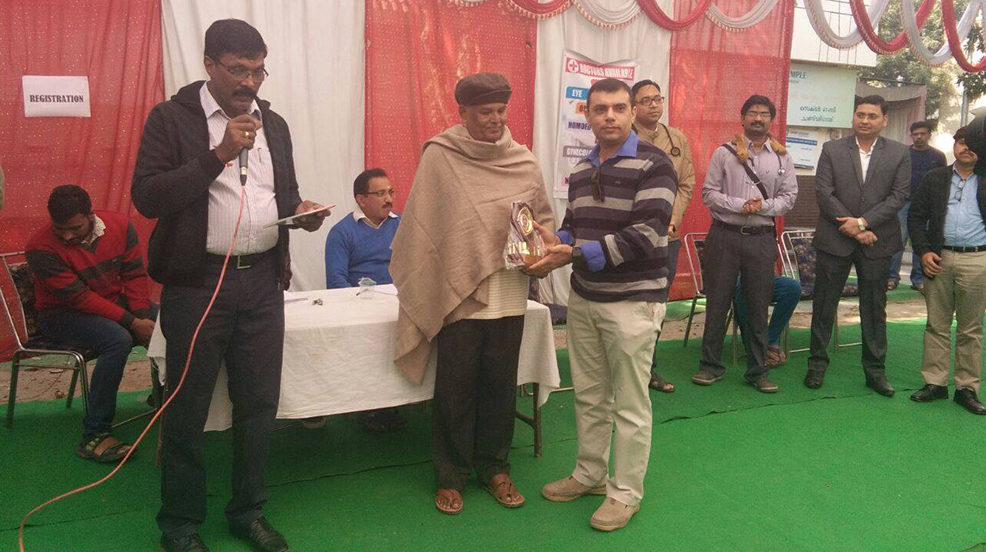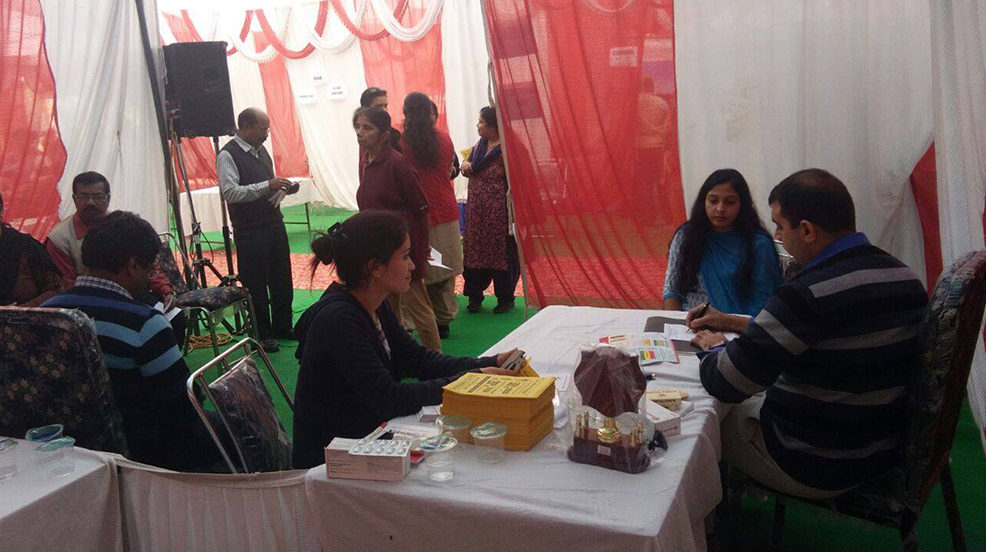Your shoulder is prone to pain and issues
Your shoulder is made of several joints combined with muscles and tendons to facilitate movement in different ways. However, this mobility comes at a cost. You may face growing problems with the instability of soft tissues in your shoulder as you age. Consequently, it will cause pain.
Types of shoulder pain and when to see a doctor
Apart from aging, there can be some common causes such as arthritis and muscle imbalance that can lead to shoulder pain. When brushing your hair or getting something overhead becomes a chore, it’s high time to figure out the cause. The pain can range from mild to severe and start over time or unexpectedly.
If you feel excruciating pain in your shoulder or if the pain is due to an injury, it is advisable to see a doctor right away. If you feel mild pain in your shoulder, it can be cured by taking over-the-counter NSAIDs or making some lifestyle changes. Sometimes, mild stretching exercises can also help reduce pain. However, if your pain does not go away on its own, consult your doctor.
A sneak peek into other signs that make it crucial to see a specialist right away
- Not able to move your shoulder
- Feeling numbness or weakness in your arm
- Swelling in your shoulder
Overlooking these warning signs can lead to more serious shoulder issues.
Common Causes of Shoulder Pain
It is imperative to figure out the cause to get an effective treatment.Have an insight into the prevalent causes of shoulder pain:
Fracture
Shoulder pain can be the result of fracture, which is often caused by motor vehicle accidents or sports injuries in younger patients or falls from great heights in older ones. Shoulder fractures involve collar bone, upper arm bone, and shoulder blade, and can cause swelling and bruising. A broken collarbone results in sagging of your shoulder and makes it impossible to lift.
Arthritis
Shoulder pain can be caused by osteoarthritis that develops gradually. It causes pain that gets worse over time. Osteoarthritis can be the result of injuries or wear and tear. Common symptoms include stiffness, pain, and swelling. Your shoulder movement may also get restricted painfully due to the tightening of the soft tissues of the joint.
Dislocation
If you pull your shoulder too hard, there is a possibility that the top of your arm may come out of its socket. The signs of shoulder dislocation include pain, weakness, swelling, and numbness. If you feel a bump on your shoulder top, your collarbone has dislocated.
Tendon tear
Ageing, overuse or wear and tear can lead to the tearing of tendons. Sometimes, the tearing is severe enough to pull the tendon away from its attachment to the bone.
Cartilage Tear
If you feel pain in your shoulder while grabbing something overhead, there is a possibility of injury to the cartilage that surrounds the rim of your shoulder joint.
Frozen Shoulder
This condition restricts the movement of your joint. If you are not using your shoulder enough due to pain or surgery, there are chances of building up adhesions in the joint. This will result in shoulder freezing.
Bursitis
Overusing your shoulder might lead to inflammation of the bursa between the rotator cuff and part of your shoulder blade. This condition is called bursitis which can cause difficulty in performing even the simple chores such as combing your hair. Rotator cuff tearing
Rotator cuff tearing is more likely to occur because of an injury. If you feel sudden pain from an injury, consult a doctor as you might need surgery to fix the issue. However, if there is no severe pain, anti-inflammatory medications and rest can work for you.
Treatment for shoulder pain
Lifestyle changes and medications
It involves rest and physical therapy to improve flexibility. You should avoid overusing your shoulder to prevent pain. Your doctor might prescribe some medications to reduce swelling and pain. They might also recommend injections or steroids to relieve pain.
Surgery
Shoulder problems such as dislocation or tears might need surgery.Surgery is recommended to remove or repair the torn tissues. If you have had shoulder surgery, you should follow post-care instructions carefully.
Do you need to see a doctor?
If you feel intense pain in your shoulder due to an injury, seek medical care immediately. If you are looking for Shoulder Pain Treatment in Chandigarh, schedule an appointment with Dr Manu Mengi.
Book an appointment with Dr Manu Mengi
Dr. Manu Mengi follows a comprehensive approach to address the issue which includes thoroughly evaluating the medical history, conducting a complete examination, and running specific tests to determine the cause. Being the Best Orthopaedist in Chandigarh, Dr. Manu Mengi works diligently to provide his patients with a customized treatment plan. Don’t let shoulder pain prevent you from living your life. Visit Dr. Manu Mengi today.





